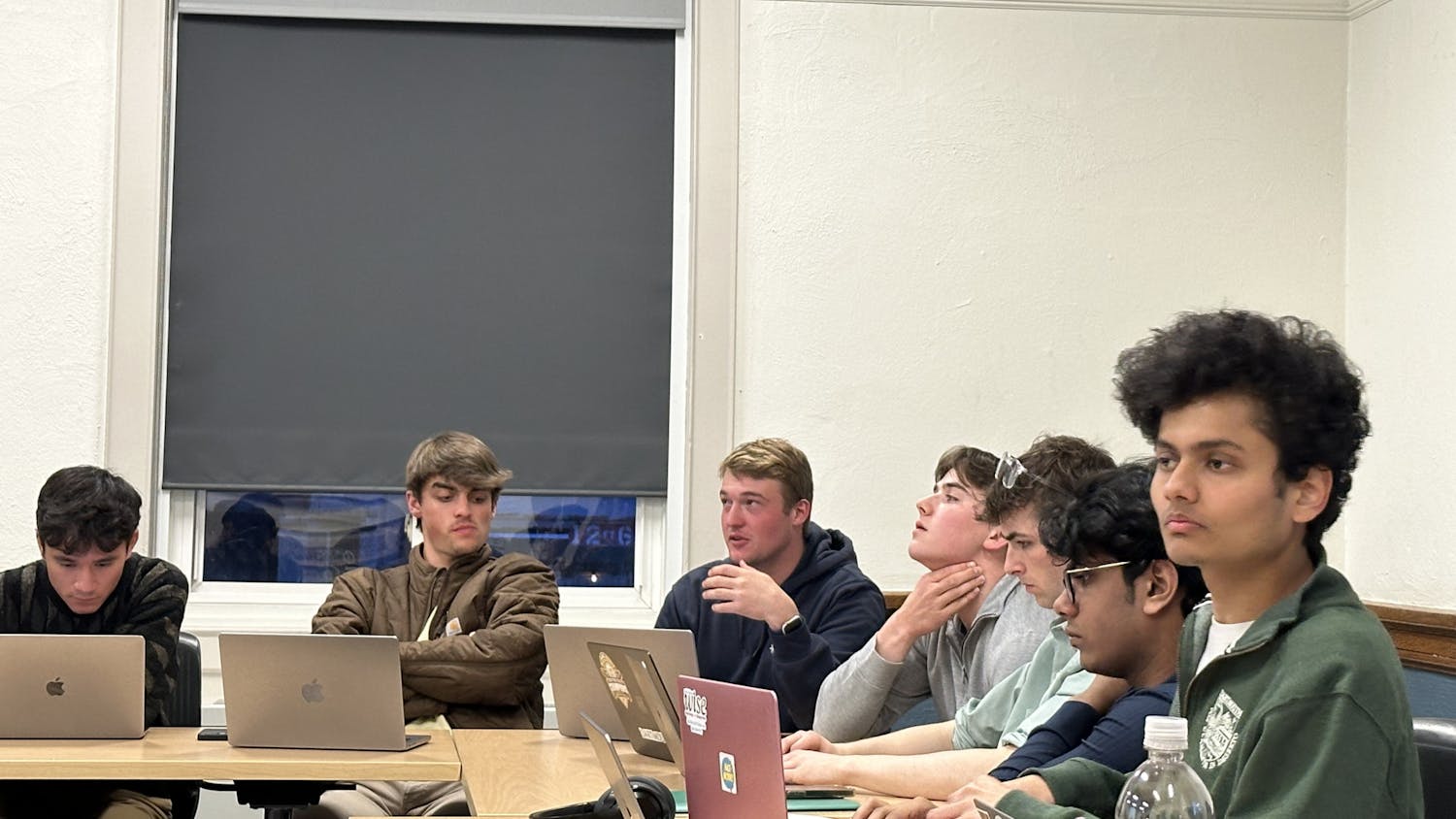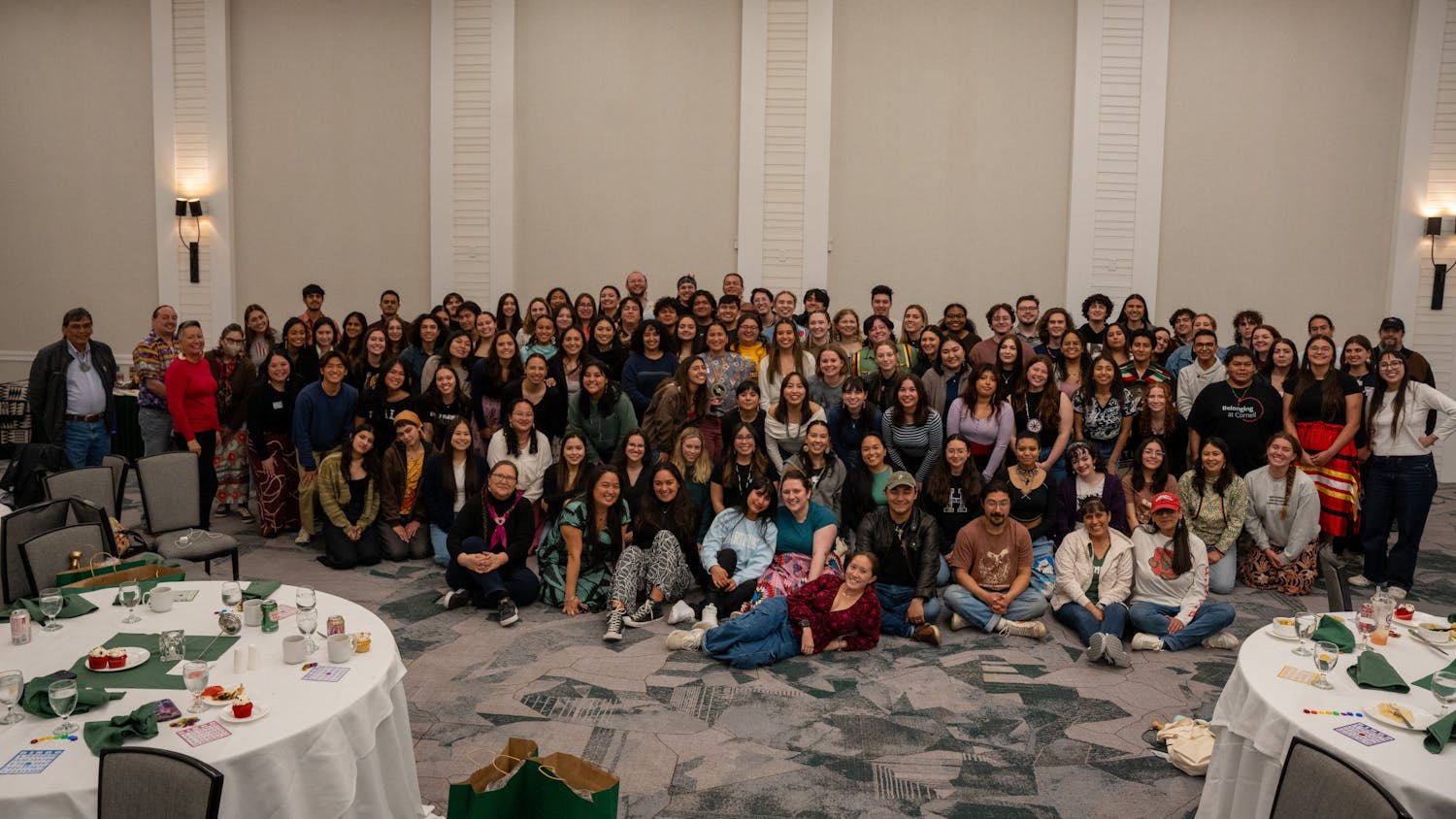Four years of medical school culminated with Match Day, when 81 students at the Geisel School of Medicine discovered where they will move on to fulfill their residency training after graduation. Friends and families gathered with the graduating students on March 18 to celebrate their next step toward becoming a physician.
This year, 41 students matched into primary care, which includes internal medicine and pediatrics, among others. New York, New Hampshire, Massachusetts and California were the top destinations.
“Once again this year, Geisel students had an excellent match,” interim senior associate dean for medical education Greg Ogrinc said. “The match is about finding the right next step in one’s professional development, whether it be in internal medicine, general surgery, orthopedics, pediatrics, radiology, or another specialty — there are many options for students.”
Ogrinc said that Geisel students are highly competitive for all programs.
Asha McClurg Med’16 and her husband Wade Harrison Med’16 matched to obstetrics and gynecology and pediatrics, respectively, at the University of Utah.
“We were pretty over the moon,” McClurg said. “That was our top pick and we weren’t sure we were going to get it. It’s also a great feeling to know you have a job as a doctor next year.”
Geisel professor Amer Al-Nimr said that there have been notable shifts in specialties over the past few years, influenced by changes in government policy as well as economic climate.
“There has been a skewing in the last 20 years toward surgicalspecialties,” Amer Al-Nimr said. “Most residents, especially top-tier students, would go to a place with a good quality of life, and financially lucrative, because they have medical school loans to pay off.”
Al-Nimr added that specialties like ophthalmology, dermatology, orthopedics and surgical specialties are increasingly desired.
Jesus Iniguez Med’16, who matched into family medicine at Lawrence General Hospital said that Geisel’s small size, clinical experience and close relationships with the administration helped his process of finding a match. Andrew Everett Med’16 also said that Geisel uniquely positioned students for Match Day.
Everett credited Sue Harper, the third and fourth year advising dean, with the success on Match Day, who he said single-handedly writes the recommendation letter for all students.
“She’s very aggressive about making sure people are on top of things,” he said. “She really makes things happen.”
In mid-March, Geisel announced a change for the 2017 academic year — a new department called the Department of Medical Education, which will focus on integrating curriculum across departments as well as increasing the emphasis on teaching. Anatomy professor Rand Swenson will chair the department.
“We are very excited about the genesis of this new department,” Leslie Henderson, senior associate dean for academic affairs said. “It will promote greater cohesiveness and creativity in our curriculum by shifting responsibility for preclinical education to a core group of faculty members who will have as their primary focus the education and support of our undergraduate medical students.”
Swenson said that the preclinical curriculum at Dartmouth historically consisted of courses run by individual departments. One of the new department’s goals is to provide students with a less fragmented educational experience.
“The chief advantage of having a department of medical education is the ease of coordination and integration between courses,” Swenson said. “There is the added benefit of sharing best practices amongst a dedicated core of faculty and there is also the opportunity for these faculty in the department to be involved in broader educational development for the remainder of the medical school community.”
On a practical level, some departments will be absorbed into the new department, and a group of faculty will facilitate the evaluation and discussion of educational development. Swenson, however, stressed that faculty from outside the department will still participate in the educational experience of medical students.
“This department will not marginalize the general medical school faculty in medical education,” he said. “While it is true the bulk of the teaching will be done by a smaller group of faculty, the fact that the administrative and organizational burdens of the curriculum will be borne by members of the department will facilitate other faculty involvement in the courses.”



